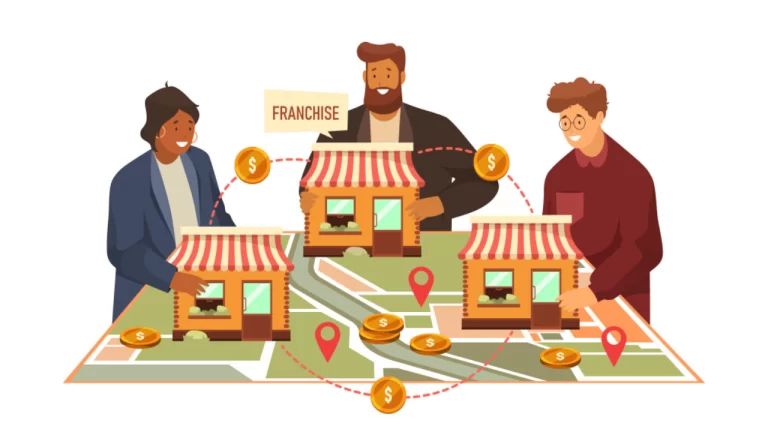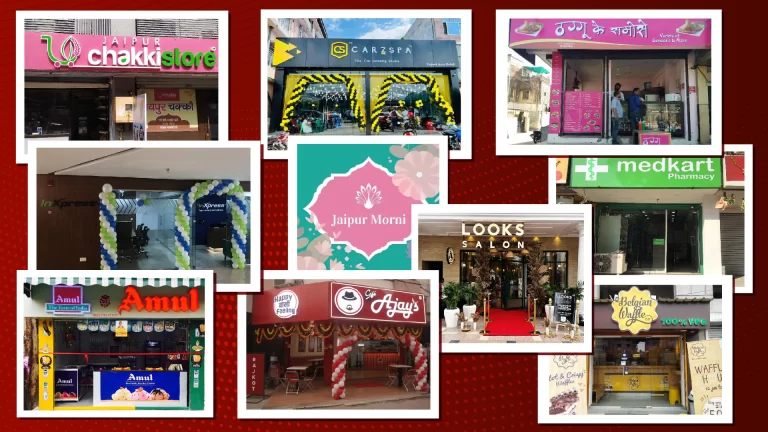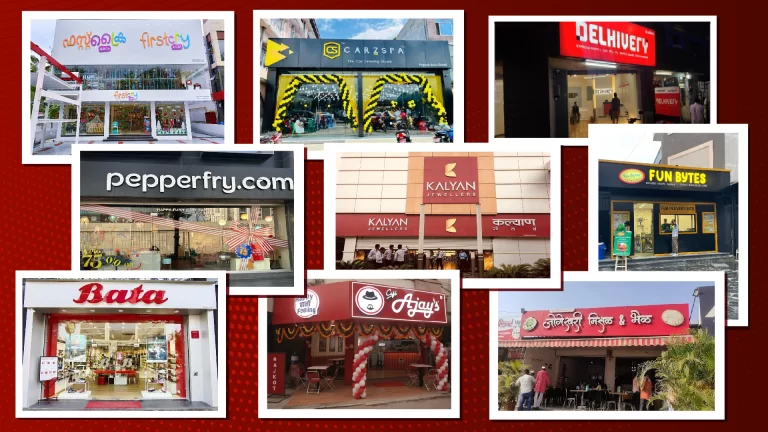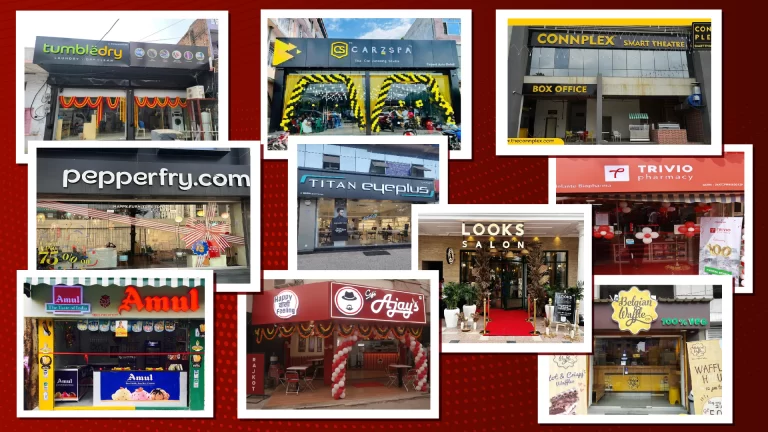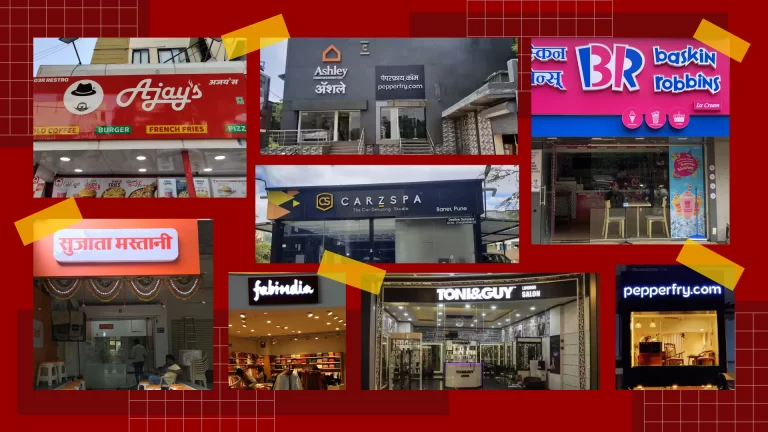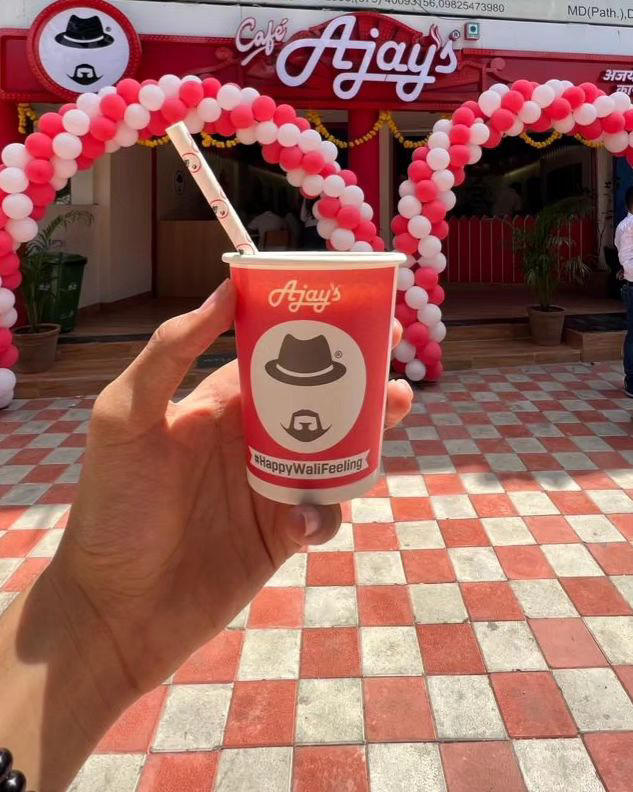Want Your Food Business to Succeed? It All Starts with Location!
Fast food franchises are booming, with quick service restaurants expected to generate $322 billion in economic output this year alone, according to the International Franchise Association (IFA). But numbers like that only tell part of the story. What really sets a successful outlet apart is its location.
Have you ever seen two branches of the same food franchise with completely different success levels? One is always packed while the other sits nearly empty. The difference is almost always about where they’re located.
Starting a food outlet is exciting, but finding the right spot is your most important first step. A good location brings in hungry customers day after day. A bad location means empty tables and wasted potential.
This guide will help you find that perfect spot for your QSR franchise, whether you’re looking at a busy city street, a shopping centre or a neighbourhood area.
Table of Contents
First Things First: Go Where the People Already Are
Don’t ever expect people to come looking for your outlet. Set up shop in a location that guarantees foot traffic.
Look for places with lots of people passing by naturally:
- Main streets where people shop regularly
- Near busy offices or colleges
- Close to markets, bus stands or train stations
- Areas that stay busy both weekdays and weekends
Your restaurant should be easy to spot! Studies show that food shops visible from multiple directions get up to 35% more walk-in customers. Corner spots are worth the extra rent and make sure your sign can be seen from far away.
Also check if it’s easy for people to stop at your shop when they see it. Is there a simple way to walk in? Can cars park nearby? The easier it is to reach you, the more customers you’ll get.
Know Your Future Customers
Now think about who will eat at your QSR franchise. Different people prefer different locations:
Young People & Students:
- Near colleges and schools
- Places where students hang out
- Areas with cheap shopping options
- Spots where young people gather after classes
Office Workers:
- Business areas with lots of offices
- Places busy during lunch breaks
- Locations on the way home from work
- Spots that can serve food quickly
Office Workers:
- Residential areas with nice homes
- Near schools and family entertainment
- Places with easy parking for cars
- Shopping centres where families visit on weekends
Did you know 67% of fast food purchases are impulse decisions? People decide to eat when they’re already out and spot your outlet. That’s why being in their path is so important!
For each location you’re considering, check:
- How easy is it to reach by walking?
- Can people take buses or trains there?
- Is there parking for bikes, scooters or cars?
Does the area match your ideal customer type
Check Out the Area and Competition
Before you sign any lease agreement, get to know the area really well.
Ask yourself:
- How many people are in the area during the day and evening?
- How much money do nearby people typically earn?
- Are there other successful food shops around?
- Do people in this area enjoy eating out?
What about competition?
Believe it or not, having some competitors nearby can actually be good! If there’s already a popular thali restaurant or street food area, it shows people in that area like to eat out.
Of course, you’ll need to stand out by offering:
- Faster service or longer opening hours
- Better prices for similar food
- Friendly staff and great customer service
- Unique or signature menu items
Do the Money Math: Can You Afford This Spot?
- Special menu items others don’t have
- A nicer experience for customers
Even the busiest location will hurt your business if the rent is too high. You need to do some careful calculations.
The important rent rule:
Your monthly rent should be 5% to 8% of your expected monthly sales. If rent costs more than this, you’ll struggle to make profit.
Size vs location tip:
Many successful QSR franchise owners follow this smart rule—a smaller shop in a prime spot with lots of walking traffic often makes more money than a bigger shop in a quieter area.
Also check:
- Shop size
- Reliable water and electricity supply
- Easy access for deliveries and supplies
- Safe area, especially if open in evenings
- Any extra costs for local permits
Think About Tomorrow: Will This Area Grow?
A truly smart location choice looks ahead to how the area will change during your 3-5 year lease.
Look for signs of future growth:
- New housing or office buildings being built nearby
- Road improvements or new metro stations planned
- Government development plans for the area
- New schools, colleges or hospitals coming soon
- More of your target customers moving to the area
Real Example: How Food Picks Winning Locations
In the fast food franchise world, the one who chooses the best shop location controls the game.
Where you open your quick-service restaurant can either help you grow or cause you to fail. That’s why Ajay’s cafe is a great example to learn from.
With 200+ successful outlets in more than 42 cities across Gujarat and 10 years of franchise experience, Ajay’s cafe seems to have figured out the smart way to pick perfect locations. Their choices are not lucky guesses but are part of a well-thought-out success plan.
They manage to get busy spots without spending too much, focus on growing tier 2 and tier 3 cities, keep their shops small but smart at 200 sq ft and offer food that locals already love. These are all part of their clever and successful QSR franchise strategy.
If you follow Ajay’s proven advice on choosing the right franchise location, your outlet will stay open—and with the right effort, it can truly grow.
Final Thoughts: Your Location = Your Success
Finding the perfect location for your business isn’t about guessing or convenience but it’s about careful research and smart planning. Your location will affect everything from daily sales to your monthly profits.
Your simple location checklist:
- Pick a spot where lots of people already walk by
- Make sure those people match your ideal customers
- Check out nearby competition to confirm food shops do well there
- Keep your rent 5% to 8% of expected sales
- Look for areas that will grow in the future
A truly great spot doesn’t just provide a place to operate—it constantly attracts new customers and keeps them coming back. When your food business struggles, a poor location might be the problem. But when you’ve chosen wisely, your location becomes your biggest advantage in the market.
